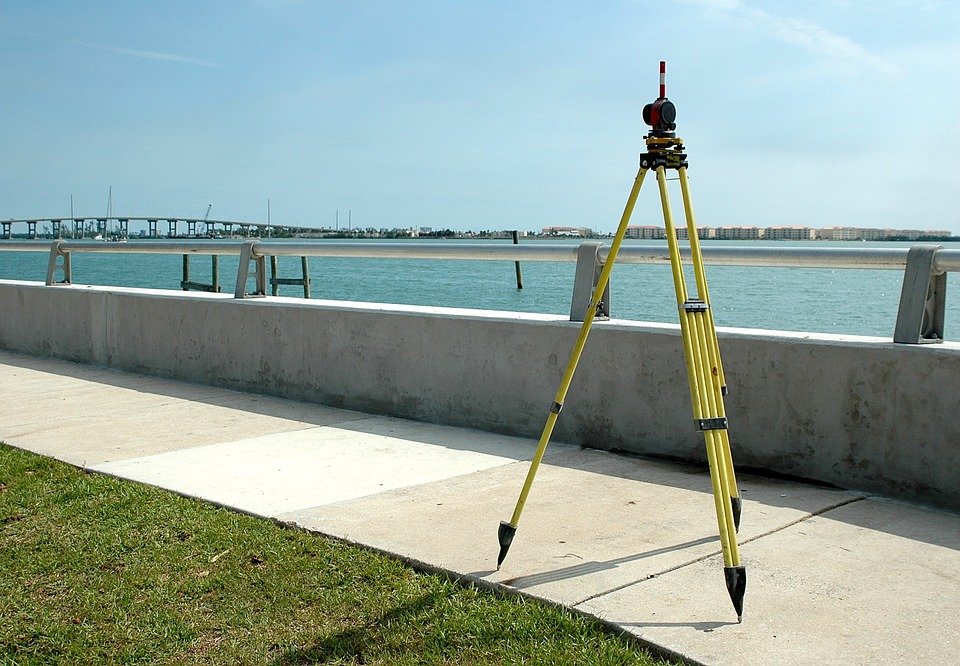[ad_1]
Understanding the Basics of Subdivision Surveying
Subdivision surveying is a type of land surveying that is used to divide a large parcel of land into smaller parcels. It is commonly used for the purpose of creating subdivisions, or residential neighborhoods, for development. Subdivision surveying requires a comprehensive knowledge of land surveying principles, laws, and regulations.
What is Subdivision Surveying?
Subdivision surveying is a type of land surveying that is used to divide a large parcel of land into smaller parcels. The surveyor will use a variety of methods and instruments to measure, locate, and map the boundaries of parcels of land. These measurements will then be used to create a plat or map of the subdivision that will be used by the local government and developers.
What Does a Subdivision Survey Include?
A subdivision survey typically includes information about the size and shape of the property, the location of any structures or improvements on the property, and any easements or rights-of-way associated with the property. The surveyor will also take into account any local laws or regulations that may affect the development of the property.
What are the Steps of a Subdivision Survey?
The steps of a subdivision survey typically include:
1. Measurement of the existing property boundaries.
2. Determination of any existing easements or rights-of-way.
3. Creation of a plat or map of the proposed subdivision.
4. Preparation of documents for filing with the local government.
What is a Subdivision Plat?
A subdivision plat is a map of the proposed subdivision that is drawn by the surveyor. It includes the location of all the parcels of land that will be created, as well as any easements or rights-of-way associated with the subdivision. The plat must be approved by the local government before any development can take place.
What is a Right-of-Way?
A right-of-way is an easement that grants a person or entity the right to use a portion of another person’s property for a specific purpose. Common uses of right-of-ways include roads, utilities, and other public infrastructure.
Conclusion
Subdivision surveying is a complex process that requires a thorough understanding of land surveying principles, laws, and regulations. The surveyor must accurately measure, locate, and map the boundaries of the property, then create a plat or map of the proposed subdivision, and prepare documents for filing with the local government. Subdivision surveying is an important part of the development process and requires experienced and knowledgeable surveyors.
[ad_2]


